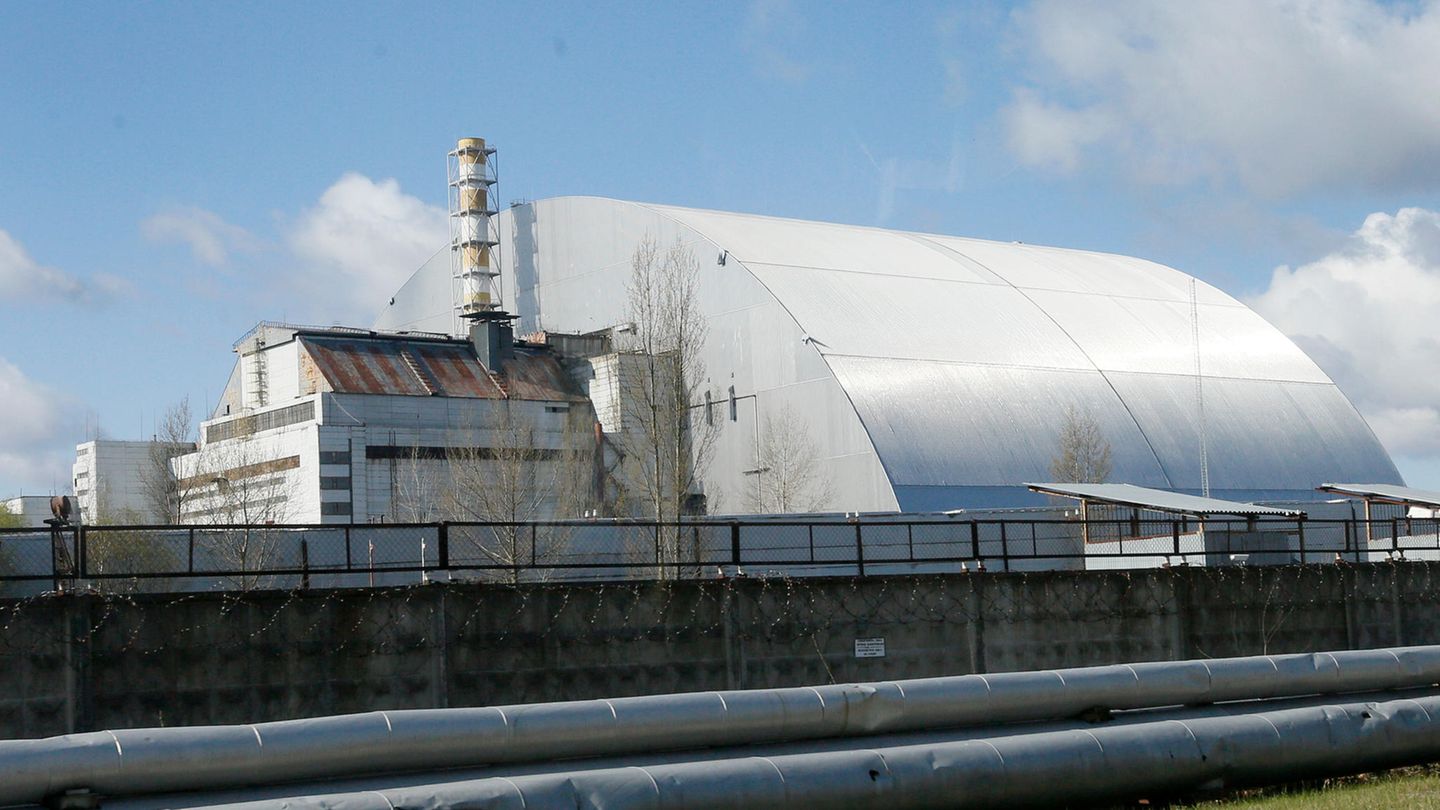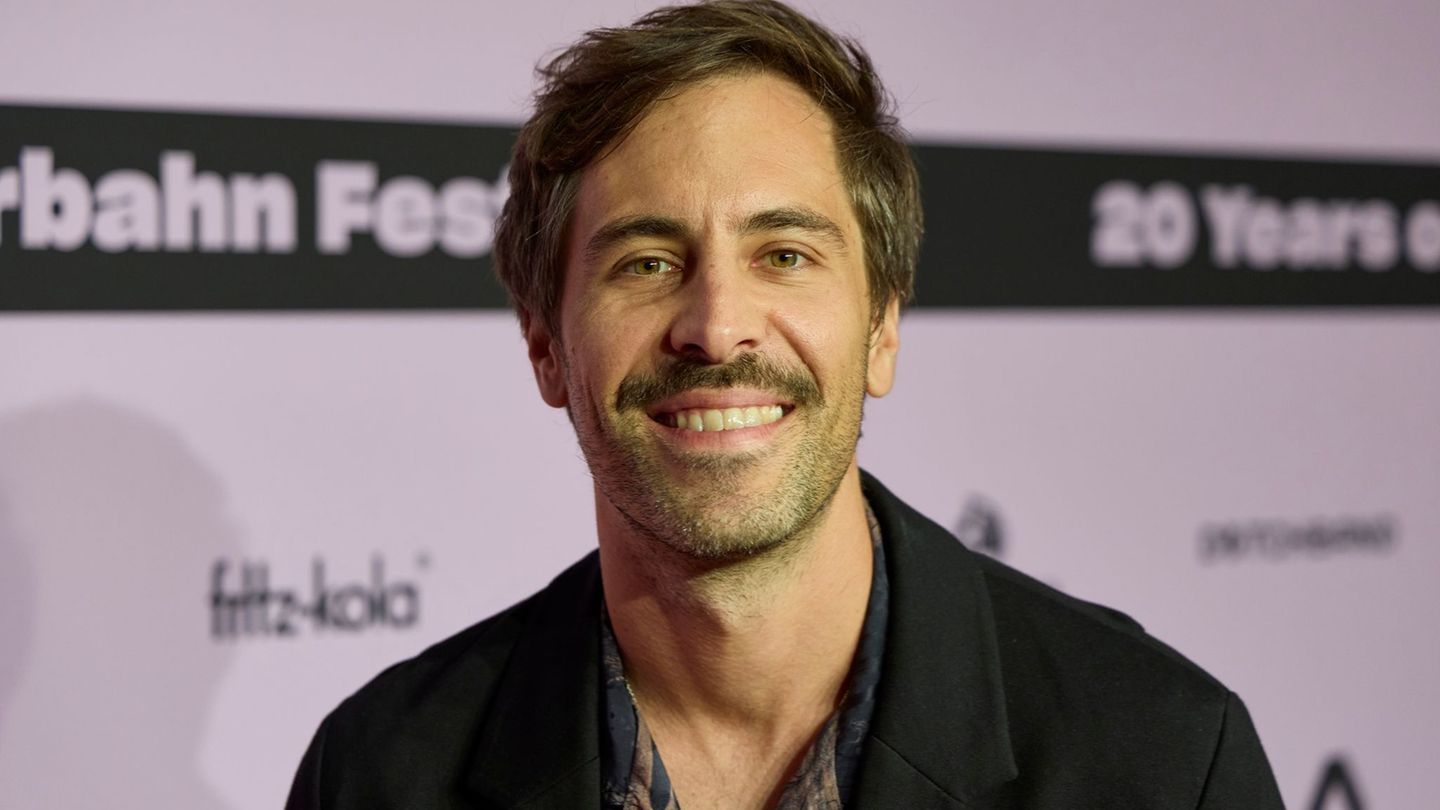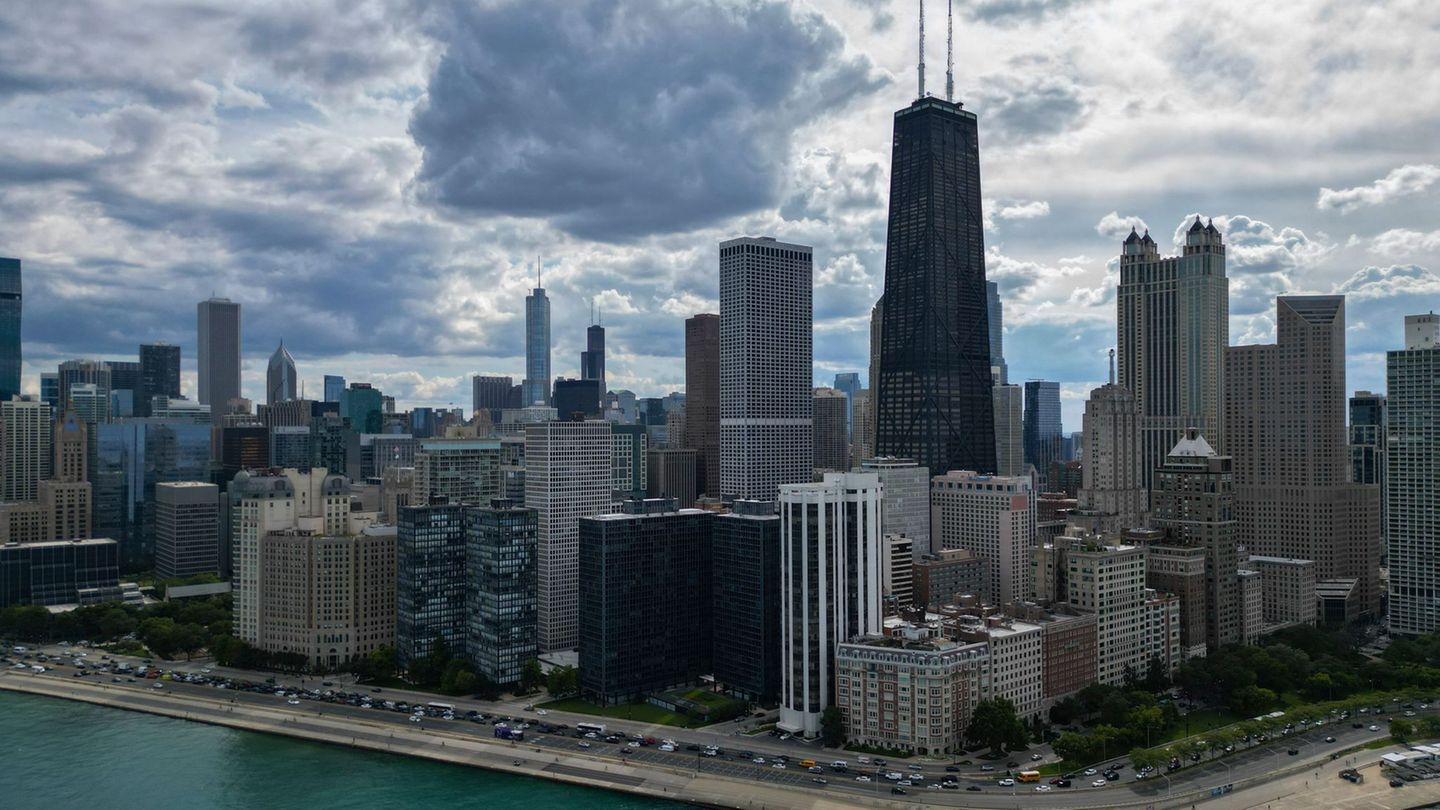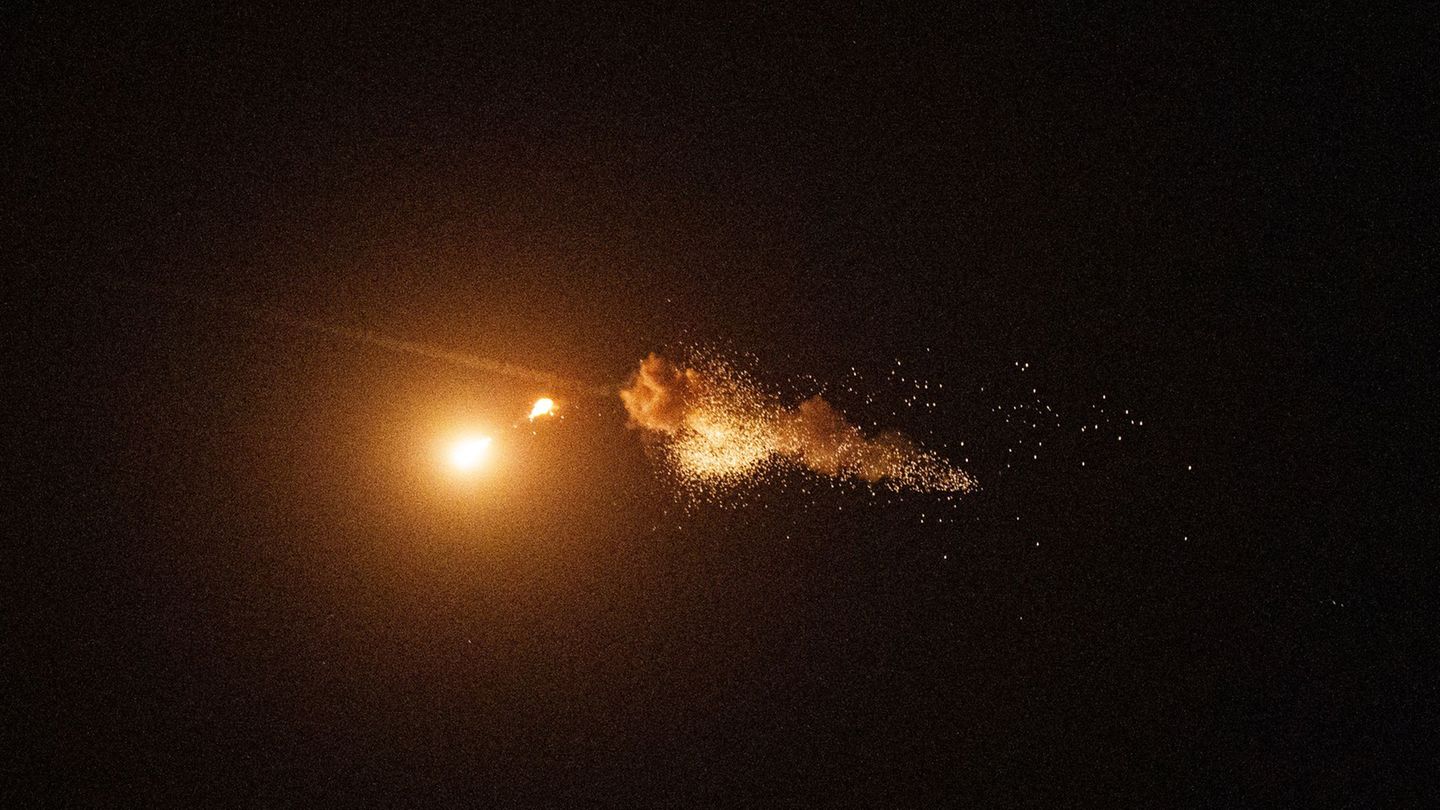Shortly after invading Ukraine, Russian soldiers occupied the Chernobyl Exclusion Zone. The nuclear power plant that exploded in 1986 is located there. Is Moscow pursuing a plan or was the area just on the way?
The scenery sounds like something borrowed from an end-of-time thriller: Well-armed soldiers march into a country and after a few hours take control of a world-famous, highly dangerous nuclear ruin. Why do they do that? What are they going to do with it? In fact, it’s not a movie, it’s a reality since Thursday. After the invasion of Ukraine, Russian troops captured the former Chernobyl nuclear power plant, and paratroopers are now guarding the site, along with specialists from a Ukrainian guard battalion, a spokesman for the Russian Defense Ministry said.
“Russia wants to blackmail the world with a nuclear cloud”
“If Russian troops really try to take control of the exclusion zone around the nuclear power plant that exploded in 1986, this can only mean one thing: Moscow will be able to successfully blackmail not only Europe, but also the world with a nuclear cloud. We all remember the damage , which the exploded nuclear reactor caused in Europe,” predicts the Bulgarian newspaper “24 Chasa” already gloomily. The United States is also concerned: “This unlawful and dangerous hostage situation, which could suspend routine conservation and security operations at nuclear waste facilities, is incredibly alarming and very concerning,” said White House spokeswoman Jen Psaki.
The Chernobyl disaster on April 26, 1986 is considered the greatest catastrophe in the civil use of nuclear power. Last summer, a new interim storage facility for nuclear waste was inaugurated in the radioactive exclusion zone around Chernobyl. It took nine years to build a new protective cover for the Block 4 reactor that had been hit by the disaster, and it has been encapsulating the ruins from the environment since 2019. The restricted area around the nuclear power plant is around 2,600 square kilometers on the Ukrainian side. There is also a large protected area in immediately neighboring Belarus.
Exclusion Zone is on the path of the invaders
The fact that Russian soldiers took over the area around Chernobyl is probably primarily due to geographical reasons. Russia invaded Ukraine in a pincer movement: from the south (Crimea), east (via Donbass) and via Belarus from the north. The damaged nuclear power plant is around 20 kilometers from the border. The village of Chernobyl is just as far away, which is also where the country road and the motorway begin to the Ukrainian capital of Kiev, around 130 kilometers away. So the Exclusion Zone is on the path of the invaders.
Then the infrastructure may also play a role, because important power lines run in the immediate vicinity of the old nuclear power plant, which primarily supply the west of Ukraine. But also a 750 kilovolt line to the east and Russia.
Such considerations aside, it is arguably safer that such sensitive terrain be guarded in wartime anyway. However, the responsible Ukrainian authority reports that they measure significantly increased radiation levels. Because of the situation and the fighting, however, it is impossible to see a reason for this increase. In Prague, 1200 kilometers away, it is said that all radioactivity readings are within the normal range. Due to the weather conditions at the time of the GAU in 1986, what was then Czechoslovakia was one of the most affected areas. To this day, wild boars from the Bohemian Forest and many mushrooms collected in nature are slightly radioactive.
Experts do not currently expect a threat to more distant areas. A whirling up of radioactive substances is conceivable, but serious contamination with radionuclides outside the 30-kilometer exclusion zone is unlikely.
Sources: DPA, AFP, ,
Source: Stern
David William is a talented author who has made a name for himself in the world of writing. He is a professional author who writes on a wide range of topics, from general interest to opinion news. David is currently working as a writer at 24 hours worlds where he brings his unique perspective and in-depth research to his articles, making them both informative and engaging.




